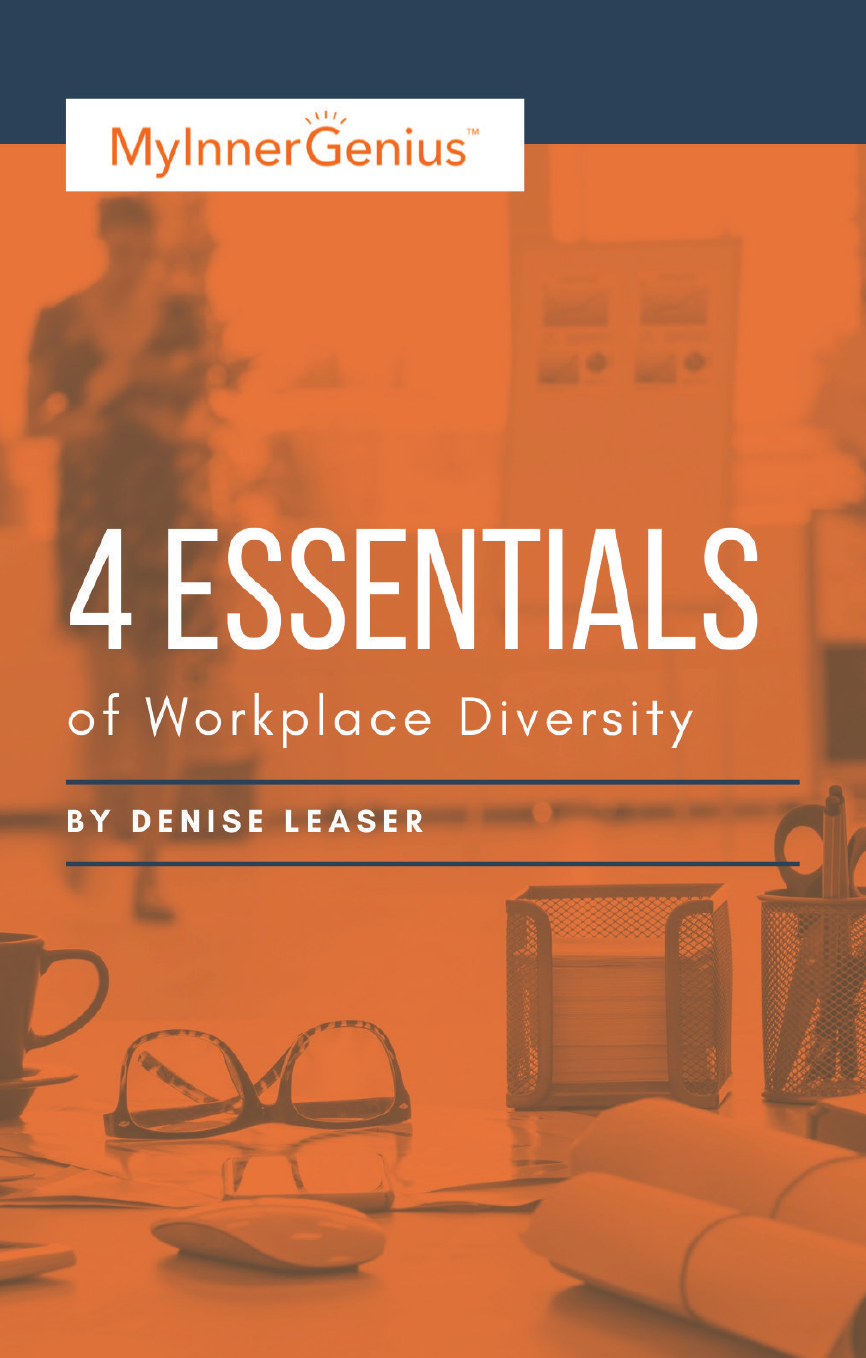For such a critical part of the hiring process, the way that we interview candidates is dreadfully outdated. The interview process is woefully unstandardized, allowing for bias and unimportant factors to end up making the real judgment call on who gets hired and who doesn’t. But not for long! Like many things, changes to “the way things are done” are coming rapidly, and that means a shift in the way we as employers approach the interview process.
To create a fair and equal interview process, employers should switch to a structured interview process. Hiring professionals will likely groan at being asked to adhere to yet another new process, but what if I told you that soon after you adopt it, a structured interview model will actually save you time and money?
Now I’ve got your interest, right?
The interview is the most expensive part of the hiring process because you give up time in your day that could be spent making headway on projects, interfacing with clients, or just doing essential day-to-day tasks—to meet with multiple candidates. Using multiple interviewers or multiple interviews even adds more cost, because then you’re taking away others’ productivity as well. And most employers don’t use the interview time wisely; they just wing it. “Winging it” will not give you the means to evaluate the candidate effectively and can introduce a significant amount of bias.
Structured interviews that are competency-based ensure that you are evaluating people in a very effective way without introducing bias. Using structured tools removes as much subjectivity as possible.
The first step to increase efficiency is to eliminate banter. Come up with a uniform set of questions that are asked of every employee. Too many hiring decisions are made based on who the interviewer had the best conversation with, but this is unfair to those interviewing and may not serve your interests when it actually comes to hiring said person.
Come up with a set of questions that you ask every candidate and try as much as possible not to deviate from them. This already creates a more equal playing field than a free-flowing interview style. Also, remember to not base your questions off of “must-haves” for the position like a specific degree or experience at a similar company and instead ask interviewees about how they attained the skills you’re seeking and why they feel they’re the best candidate for the position.
Finally, I would recommend having two interviewers in the room for each candidate. The purpose behind this is so each interviewer can keep the other in check, making sure that the structured interview format isn’t deviated from too heavily.
Being structured doesn’t have to mean being robotic. You can still have a friendly tone with the applicant you’re interviewing and ask them follow-up questions as necessary. The purpose of the structured interview model is to start everyone on the same playing field—if one candidate has more impressive experience than another, that isn’t biased, it’s just taking in relevant information.
The benefit of a structured interview process is that you as the employer can evaluate all of your candidates impartially. You won’t have to look back through your notes or try to remember the most relevant parts of an hour-long, free-form conversation. You’ll have multiple, straightforward answers to the same questions and will be able to make a decision based on better data.

